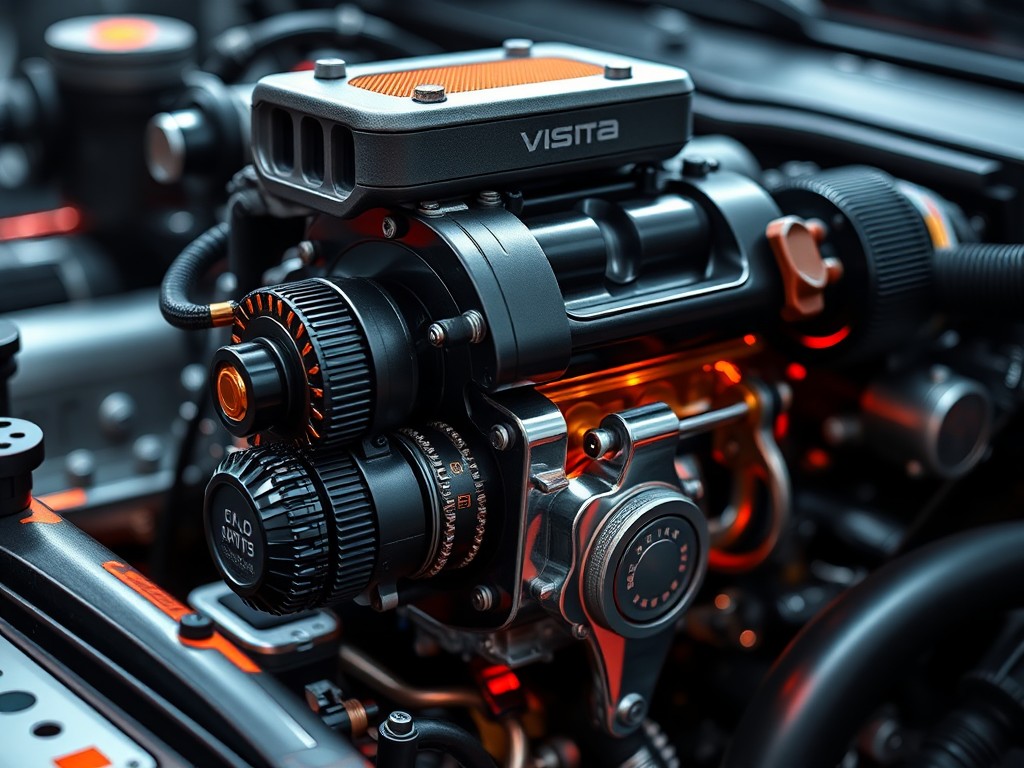With advancements in technology, cars have become increasingly intelligent, providing a range of safety features designed to protect drivers, passengers, and pedestrians. These safety systems can warn you about potential hazards, assist in managing your speed, help maintain control of your vehicle, and even automate certain tasks like braking. However, these features can only enhance your safety if you know how to use them effectively, especially in emergency situations. This article will guide you on how to maximize the use of your vehicle’s safety features when you need them the most.
Understanding Your Car’s Safety Features
Before you can use your car’s safety features effectively, you need to understand what they are and how they work. Modern vehicles come equipped with various safety systems. Some of these features may include adaptive cruise control, automatic emergency braking, lane-keeping assist, blind-spot warning, and forward-collision warning.
Also to see : What is the best way to maintain visibility during adverse weather conditions?
Adaptive cruise control maintains your speed and adjusts it to keep a safe distance from the vehicle in front of you. The automatic emergency braking system helps to prevent accidents by applying the brakes when a collision appears imminent. Lane-keeping assist helps keep your vehicle in its lane, while blind-spot warning alerts you when another driver is in your blind spot. Lastly, the forward-collision warning system alerts you when you’re too close to the vehicle in front of you.
Each of these features has a specific role in keeping you safe on the road. However, they are designed to assist, not replace, the driver. You must remain fully engaged and attentive even when using these systems.
Also read : Can window tints enhance privacy and safety in your vehicle?
Using Adaptive Cruise Control and Forward-Collision Warning
Adaptive cruise control and forward-collision warning are two features that will help you manage your speed and maintain a safe distance from other vehicles on the road.
When using adaptive cruise control, you can set your desired speed and the system will automatically adjust your speed to maintain a safe distance from the vehicle ahead. This feature can be particularly useful on highways or in heavy traffic where the speed of other vehicles may vary. However, it’s important to stay attentive and prepared to take manual control at any time.
Forward-collision warning complements adaptive cruise control by warning you if you’re approaching the vehicle ahead too quickly. If the feature detects an imminent collision, it will alert you with audio and visual signals. If you do not react in time, the automatic emergency braking system can intervene.
Maximizing the Benefits of Lane-Keeping Assist and Blind-Spot Warning
Lane-keeping assist and blind-spot warning are designed to help you maintain control of your vehicle and avoid collisions with other vehicles when changing lanes.
The lane-keeping assist feature will monitor the road markings and provide steering assistance to help keep your car centered in its lane. This feature is particularly useful on highways or multi-lane roads. However, it’s essential not to rely on this feature entirely, as it might not work correctly if the road markings are faded or obscured.
The blind-spot warning system is a feature that alerts you when a vehicle is in your blind spot. It uses sensors or cameras to monitor the areas to the side and rear of your vehicle that you can’t easily see. When a vehicle is detected in your blind spot, you’ll receive a visual alert, usually in the side mirrors. Some systems may also provide an audible alert if you attempt to change lanes while a vehicle is in your blind spot.
Leveraging Automatic Emergency Braking System
The automatic emergency braking system is a crucial feature that can prevent accidents or reduce their severity by applying the brakes when a collision is imminent. This system uses sensors, radars, and cameras to detect potential collisions with other vehicles, pedestrians, or obstacles.
In an emergency situation where a collision seems inevitable, the system will warn you and apply the brakes if you fail to react in time. It’s important to understand that while this system can significantly reduce the risk of a collision, it cannot prevent all accidents. Always maintain a safe speed and distance from other vehicles, and stay ready to take manual control at any time.
Final Thoughts
Understanding and effectively using your car’s safety features can greatly enhance your safety on the road, especially in emergency situations. Remember, these features are designed to assist you, but they are not a substitute for safe and attentive driving. Always stay alert, maintain control of your vehicle, and be prepared to take manual action when necessary.
Making the Most of Electronic Stability Control and Traction Control
Electronic Stability Control (ESC) and Traction Control are two integral safety features that help you maintain control over your vehicle, especially in emergency situations or adverse conditions. They work by automatically applying brakes to individual wheels or reducing engine power to prevent the vehicle from skidding or slipping.
Electronic Stability Control detects when your car is starting to veer off its intended path or when you lose control of the steering wheel. It then applies brakes to individual wheels to help steer your car back on track. This feature is particularly useful in situations such as driving on slippery roads or during sudden swerving to avoid an obstacle.
On the other hand, Traction Control prevents your car’s wheels from spinning excessively, especially on slippery surfaces. When the system detects wheel spin, it reduces engine power or applies brakes to the spinning wheels, allowing you to maintain control of your car.
While using these safety features, ensure you continue to drive attentively, as they do not guarantee absolute safety. They are designed to assist you but cannot compensate for reckless or distracted driving. Always keep your hands on the steering wheel and eyes on the road.
Implementing Lane Departure Warning and Automatic High Beams
Lane Departure Warning and Automatic High Beams are two other safety features that can play a significant role in enhancing your safety, particularly while driving at night or on highways.
Lane Departure Warning alerts you when your car begins to move out of its lane without activating the turn signal. This system uses cameras to detect lane markings and triggers an alert if you begin to drift. Some systems can even steer your vehicle back into its lane. However, this feature might be less effective if the lane markings are not clear or during poor weather conditions. Always stay focused on the road and be ready to take control when necessary.
Automatic High Beams control your car’s high-beam headlights. When activated, this feature will automatically turn on your high beams when it’s dark and switch back to low beams when it detects oncoming traffic or a vehicle ahead. This ensures optimal illumination without dazzling other drivers. However, it’s still crucial to manually adjust your beams when necessary and not depend solely on this feature.
Wrapping Up
In conclusion, knowledge of how to use your car’s safety features is key to minimize risks while driving. These systems, including Adaptive Cruise Control, Forward-Collision Warning, Lane-Keeping Assist, Blind-Spot Warning, Automatic Emergency Braking, Electronic Stability Control, Traction Control, Lane Departure Warning, and Automatic High Beams, are all designed to assist you in maintaining control of your vehicle and avoiding potential hazards on the road. However, they are not substitutes for safe and attentive driving.
Remember to always fasten your seat belt, keep your hands on the steering wheel, and your eyes on the road. Understand how each feature works and when to use it. In emergency situations, these features can make a significant difference, but your safety ultimately depends on your driving habits. Stay alert, be prepared, and drive responsibly.















